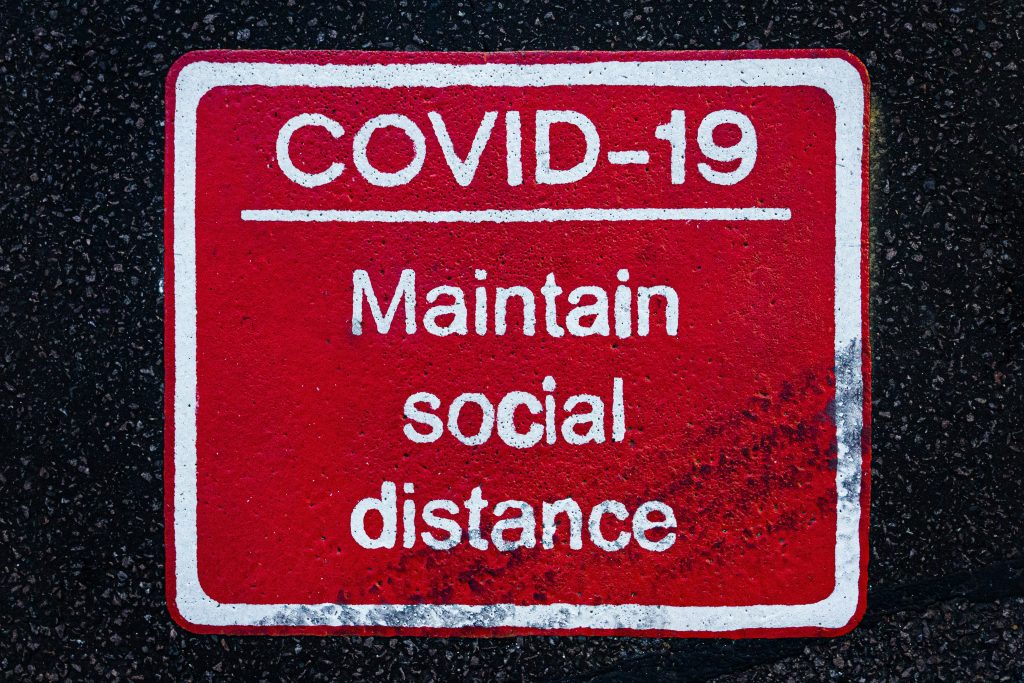A KEY TO BUILDING RESILIENCY DURING THIS PANDEMIC.
Research described here shows how hardiness is key to building resiliency, not only for surviving, but also thriving, under stress. Hardiness training can assist in reducing anxiety and other stress symptoms, while increasing job satisfaction and morale.
CASE STUDY #1
In 1981 Illinois Bell Telephone had to reduce their workforce from 26,000 by almost 50% in a one-year period. This resulted in their remaining employees having to face the stress of changing supervisors, company goals and job descriptions.
Even prior to this significant downsizing a research team were conducting a study of 400 of the company’s supervisors, managers and executives. This research continued until 1987.
The outcome of this research showed that two thirds of the employees being studied had suffered declines in performance, leadership, and health, such as, heart attacks, strokes, obesity, depression and substance abuse, as a result of extreme stress brought on by these changes.
However, the other one third of employees in the study, all of whom were high in stresses, were shown to have actually thrived during this upheaval, even though they had experienced the same disruption and stress as their co-workers showing significant declines. In fact, these employees were able to maintain their good health, happiness and performance, and even felt renewed enthusiasm for their work.
The question remained then as to what had made such a striking difference between these two groups? It was determined that those who thrived, and contrary to those who suffered, had three consistent sets of belief, instrumental in turning adversity into advantage. These three beliefs represented attitudes of commitment, control and challenge.
The attitude of being committed resulted in those employees striving to be engaged in ongoing events instead of feeling isolated. The control attitude led them to persevere and to attempt to influence outcomes instead of lapsing into complacency and feeling powerless. The challenge attitude allowed them to see stressful changes, both positive and negative, as opportunities for new learning.
CASE STUDY #2.
Research by psychologist Paul T. Bartone Ph.D., found that this phenomenon of “hardiness” was instrumental in protecting army reserve personnel who were mobilized for the Persian Gulf War in the early 1990’s. He found that the higher the hardiness level a soldier had the greater was their ability to experience life and combat-related stress. These soldiers were able to endure these experiences without the negative health consequences such as post traumatic stress disorder and depression. This study indicated how a person with hardiness can at least partially explain why some soldiers stay relatively healthy, even under extreme war-related stress.
The significance of these two studies, as well as other research, demonstrates how hardiness contributes to many factors, including performance, leadership, and the courage and capability to turn adversity to advantage.
For more information on how to determine your hardiness level, including measurements of challenge, control and commitment, check out my website at: https://commonsensehr.ca/
Cited Research:
Maddi, S. R. (1987). Hardiness training at Illinois Bell Telephone. In J. P. Opatz (Ed.), Health promotion evaluation, pp. 101-1115. Stevens Point, WI: National Wellness Institute.
Bartone, P. T. (1999). Hardiness protects against war-related stress in army reserve forces. Consulting Psychology Journal, Vol. 51, pp. 72-82.


